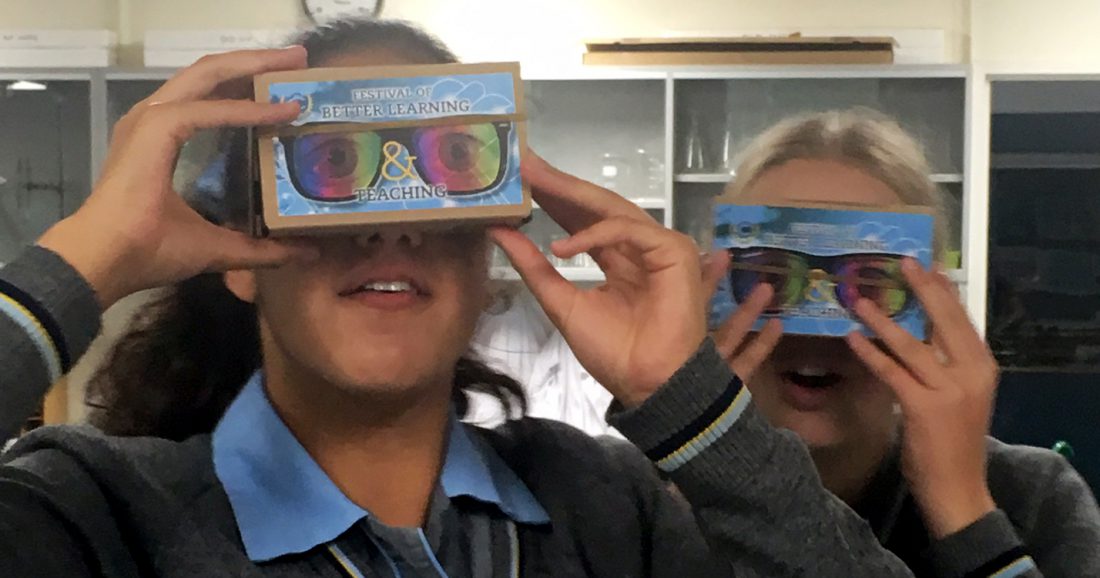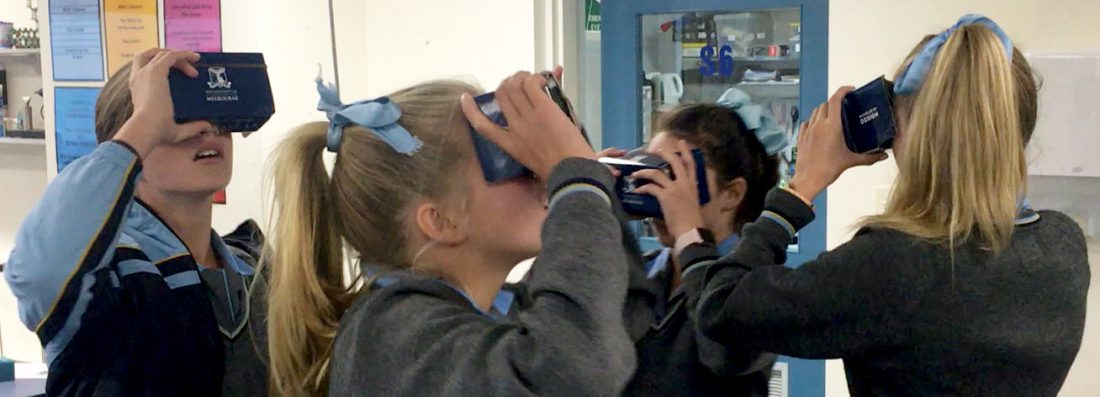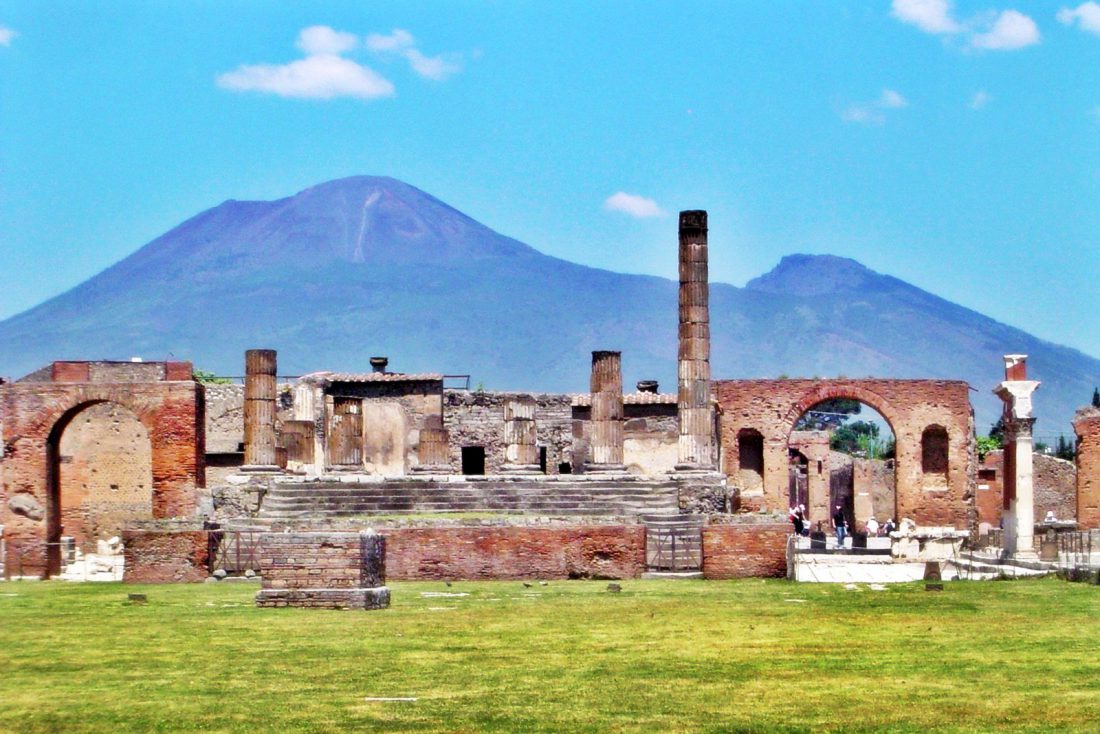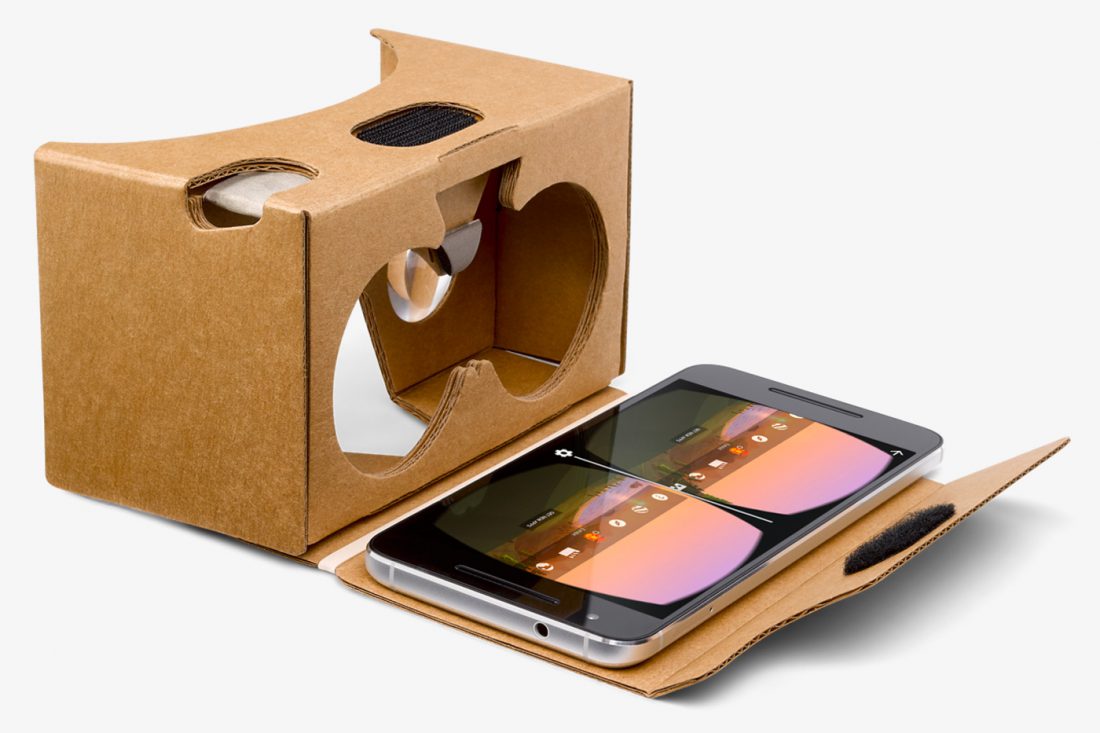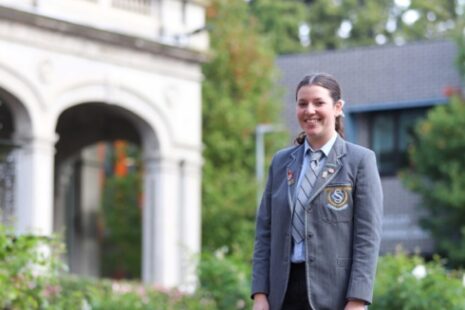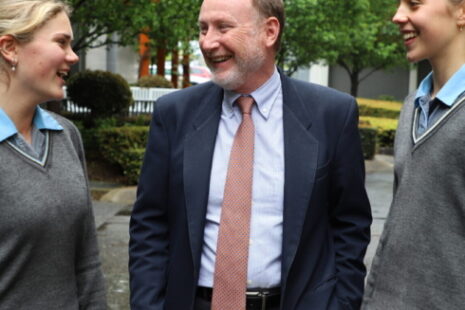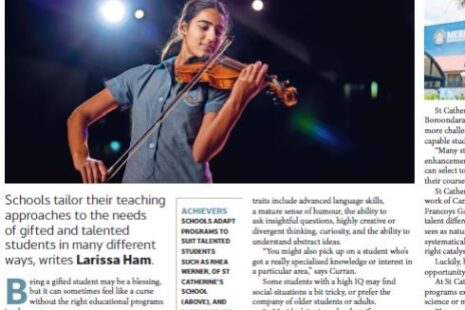Travelling without moving – using Digital Technology to create Virtual Field Trips
Samuel Johnson once wrote that “The use of travelling is to regulate imagination by reality, and instead of thinking how things may be, to see them as they are.” Whilst this has great relevance in many aspects of our lives, from an educational viewpoint the importance of providing firsthand experience using excursions and field trips has long been understood.
Growing up in Europe, one of the strongest memories of my own schooling was visiting the ruins of Pompeii in the shadow of Mount Vesuvius. Along with the historical and geographic relevance of the trip, and an interminable bus ride across Europe, the most memorable part of the trip was the experience of standing on the rim of a volcanic crater and then walking through the streets of the Roman city that it destroyed almost 2000 years ago.
A mainstay of the geography curriculum, natural hazards such as volcanoes and earthquakes are studied in Year 8 at St Catherine’s, and we recently made use of Google Cardboard Virtual Reality headsets to recreate a similar experience for our students, without the need to physically leave the classroom.
The Google Cardboard is an entry-level virtual reality headset powered by the user’s own smartphone. For our virtual field trip we used the Google StreetView app, which has a VR headset mode, to be instantly transported across the world to the crater rim of Vesuvius. Once we had spent a few minutes admiring the view across the Neapolitan Riviera, and looking down into the grey ash and rock of the crater itself, we were then instantly transported to the streets of Pompeii. Starting at the Tempio di Iside, the students were free to virtually ‘walk’ through the streets of Pompeii, moving in the direction that they were looking by clicking the button on their headsets. After a side trip to Herculaneum to compare the destruction wrought by Vesuvius in AD79, we finished our excursion with a quick trip to Vanuatu, where we descended into the Marum Crater of Ambrym volcano to look at the bubbling lava lake.
By the end of the lesson, this amazing new technology allowed us to embark on a 35,000 kilometre round trip without leaving the classroom. Whilst the experience is not exactly the same as visiting Pompeii in person, we did not have to spend days on planes and in airports (not even on a 30-hour bus trip, as in my youth!). Furthermore, I am certain that some parents may have been concerned if we had suggested a real descent onto an active volcano crater!
The possibilities for virtual travel worldwide, and similar experiences such as excursions within the human body, are increasing rapidly and the technology is developing at a tremendous rate. Henry Miller said that “One’s destination is never a place, but a new way of seeing things.”
With this philosophy in mind, our virtual excursion to Italy was certainly a new way to travel.


